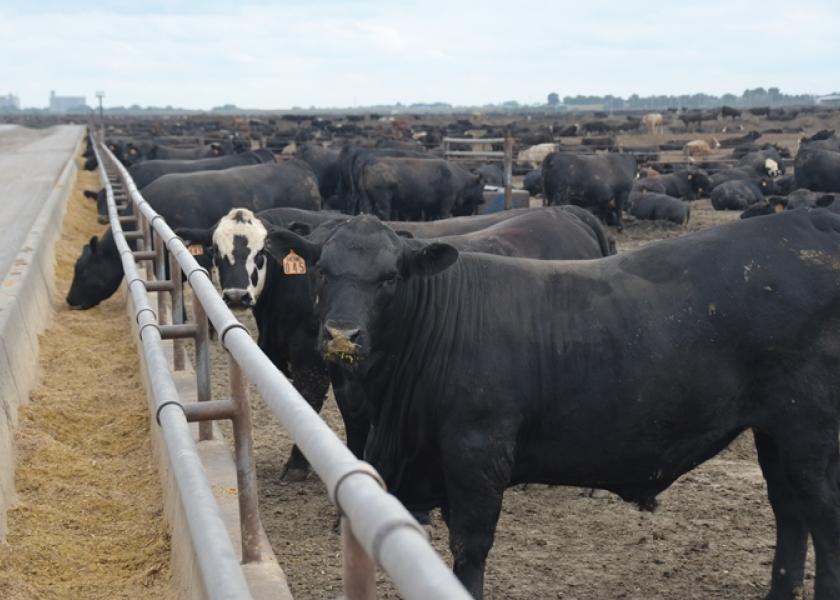Nalivka: USDA Reports and Market Analysis

The opinions expressed in the following commentary are those of John Nalivka, president of Sterling Marketing, Inc., Vale, Oregon.
The beef industry has been on a roller coaster ride this year. While the uncertainty of coronavirus has created much of the consternation in the market, I believe the cattle “backlog” resulting from plant closures had significant impact on market perceptions and volatility. Let’s examine the backlog and the information used to determine it.
The industry depends on market information to formulate marketing and production decisions. That information is largely generated from monthly and annual USDA National Agricultural Statistics Service survey reports. Those reports provide the basis for analysis. I have always stressed and continue to stress that USDA reports are surveys. They are a data input to the analysis – one information input. In other words, the data from those reports is not perfect and is part of a flow of information. It is surveyed data. Someone was asked a question and provided an answer - a little like political polls.
So, that gets us to the question - what’s the point? When compiled over time, cattle on feed reports portray the flow of cattle through the feedlot – inventory at the beginning of the month plus placements minus cattle marketed = ending inventory or next month’s beginning inventory. Pretty simple from a math or numbers standpoint, but not so simple when the complexities of the feedlot are taken into account – variation in cattle performance, weather, cost of gain, etc. This is a complex flow. It doesn’t occur at a point in time. It is a great deal more than just numbers.
In May, my conclusion was that the backlog of cattle resulting from plant closures and slowdowns was not as large as it appeared and probably ranged around 500,000 head. I wrote about that. The number can be a debated well into the future and at the end of the day, it probably doesn’t really matter. However, it should be noted that the feeder cattle market strengthened substantially during July, an indication of growing demand by feedlots for replacement cattle as pen space increased, evidence the backlog of cattle was declining, suggesting either those cattle were worked through at a pretty rapid pace or the backlog wasn’t as large as earlier thought. I continue to opt for the latter.
The past 4 months have created a great deal of stress in the industry even in the face of record wholesale beef prices. Market information is important in these critical periods. It can create opportunity or it can create mistaken perceptions. We shouldn’t read into the surveyed reports more information than exists and let’s keep things in perspective.
Related stories:
Cattle Backlog May Not Be As Large As Feared
Nalivka: Getting The Beef Supply Chain Back On Track







